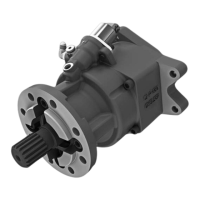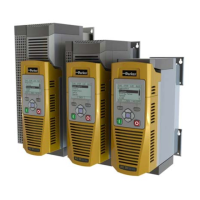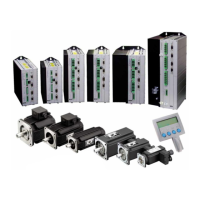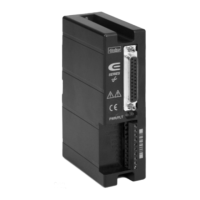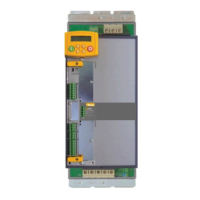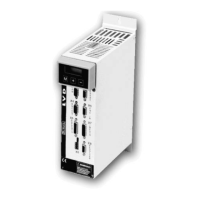Product Overview 2-9
DC590+ Series DC Digital Drive
How it Works
NOTE Refer to Chapter 5: “Control Loops” for a more detailed explanation.
In very simple terms, the drive controls the dc motor with the use of
Control Loops - an inner Current Loop and an outer Speed Loop. These
control loops can be seen in the Application Block Diagram. The block
diagram shows all the drive's software connections.
Using the Keypad, you can select the control loops to be used by the
drive to provide either:
• Current Control
• Speed Control (default)
It is usual to supply a Current or Speed Feedback signal to the
appropriate loop for more effective control of the drive. Current
Feedback sensors are built-in, whereas Speed Feedback is provided
directly from the armature sensing circuit (default), or by tachogenerator, encoder or Microtach connection to the relevant option board.
When in Speed Control, you can modify the performance of the drive further by controlling the motor field, i.e. Field Control. By weakening the field
current, you can obtain an increase in motor speed beyond that normally achievable for the rated Armature Voltage of the dc motor.
The drive is controlled remotely using digital/analog inputs and outputs, or locally using the Keypad. By plugging in a COMMS Option Technology
Box, the drive can be linked into a network and controlled by a PLC/SCADA or other intelligent device.
REMOTE START/STOP
REMOTE
LOCAL START/STOP
LOCAL
SPEED CONTROL SPEED CONTROL
DEFAULT
SPEED SETPOINT
SPEED SETPOINT
LOCAL CONTROLREMOTE CONTROL
Field Current 5.7A
Voltage 200V
Speed
speed increase
due to field
weakening
armature voltage
remains constant
field current
reduced
base
speed
Armature
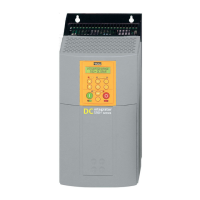
